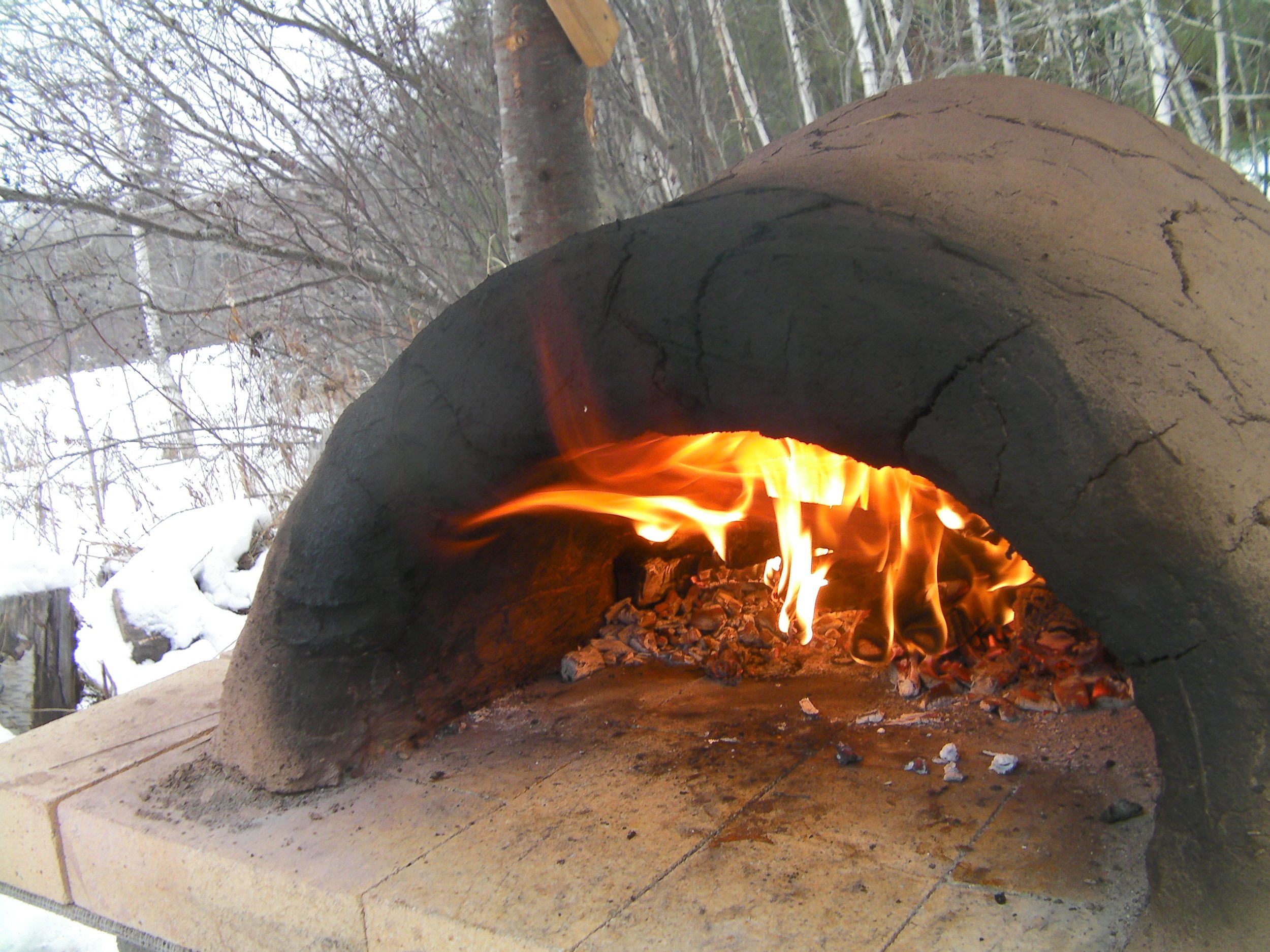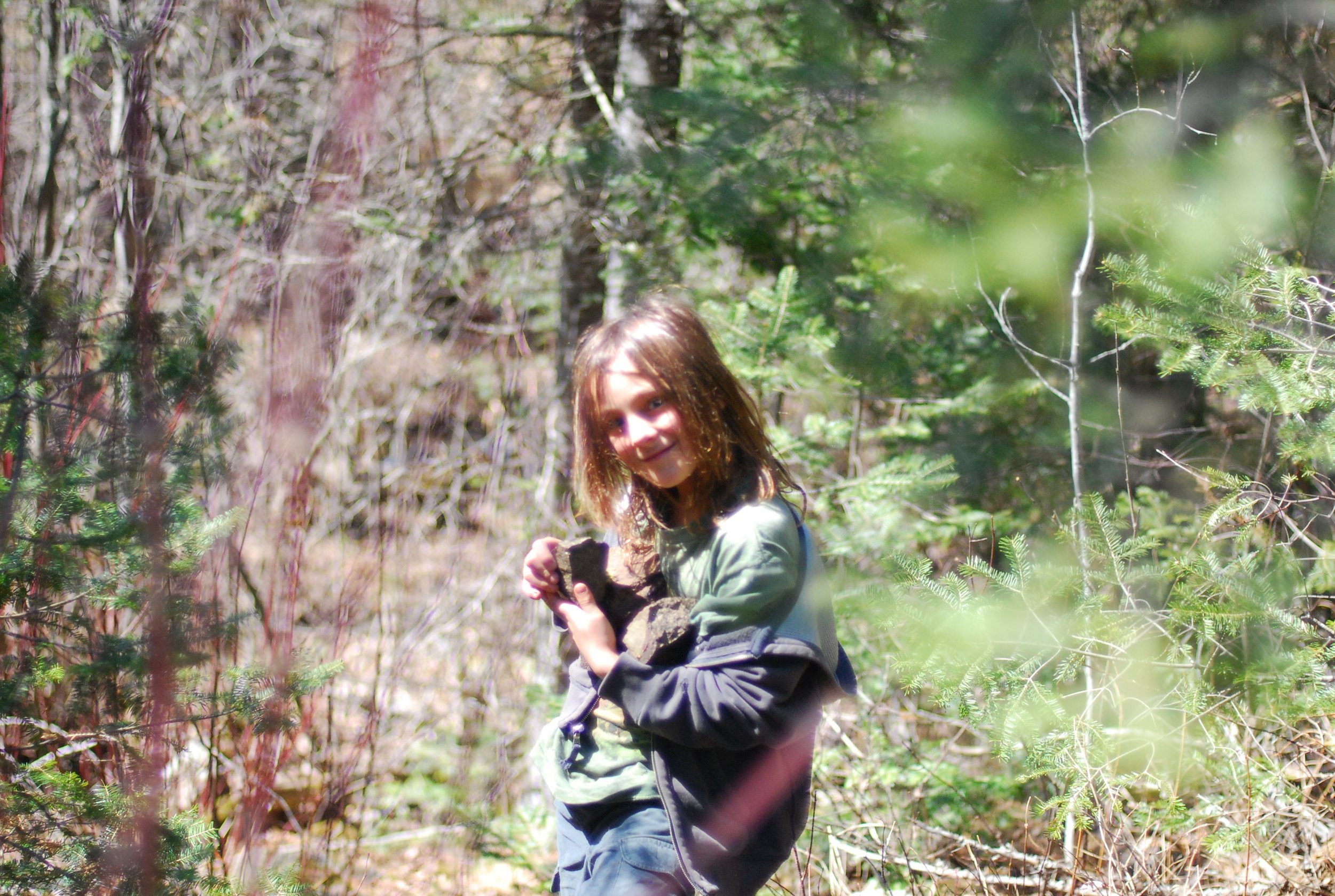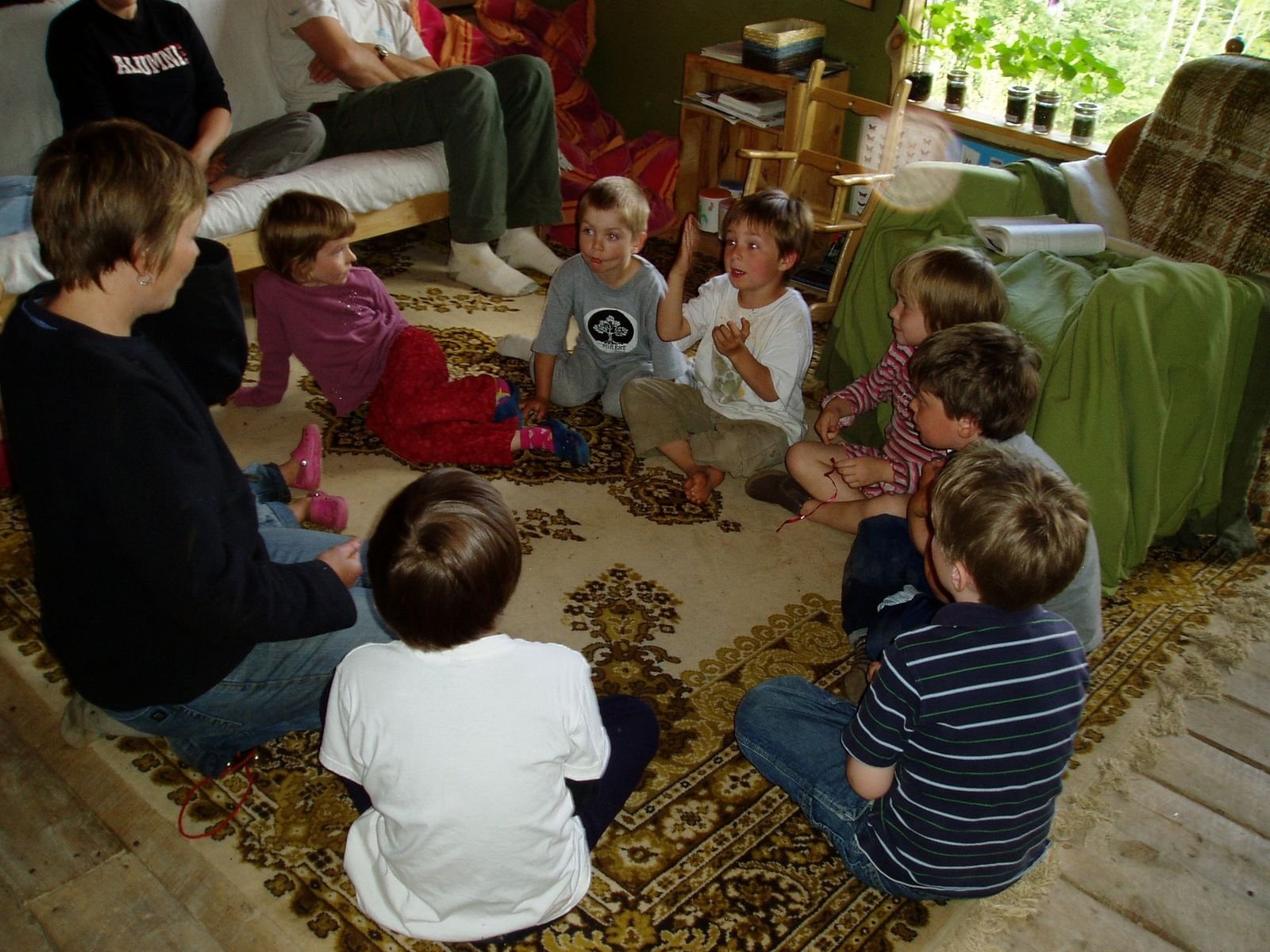





















A Day In The Life
If you were to take a casual glance at a Forest School Semester day, you might wonder- what do children actually learn there? The question is understandable. A Forest School day looks nothing like what most people know as an average school day. The learning that takes place rarely happens in a formal fashion, with workbooks or a chalkboard, and definitely not with desks. Yet without all of these things, we learn.
Our mornings start outside with children playing on the clay hill, building forts, playing games, practicing primitive skills, hauling in firewood, etc. Learnings abound: communication skills develop as someone jumps on the invisible walls of a snow kingdom; problem-solving skills come into play when they discuss the issue of the invisibility of those walls; and conflict resolution skills, as they determine the size of that kingdom. Compassion develops as the littlest of the group tries to pull themselves up the clay hill, and problem-solving helps the knots on the pulling rope get adjusted to accommodate those little people. The democratic process is explored as they debate over the length of term the Mayor should hold office in Clayville and how many times they can run for re-election.
The importance of heat for survival, the value of wood and trees, what materials burn well and clean and hot, all are learned as students practice their fire building skills and help with the school chore of filling the wood box. The feeding of the birds in winter teaches us about migration, social hierarchies, survival, adaptations, flight, etc.
Time in our individual Sit Spots helps us gain appreciation and connections with the natural world. It allows us the chance to sit in silence, with this incredible person (self) and to feel peace.
All this learning happens while we are “playing” outside. Some of it comes through the questions and guidance of the facilitators; much of it comes through direct experience with the natural world and the successes and failures of interactions with the other group members.
Circle is our most formal setting for learning. (The rest is mingled throughout the day.) We gather to explore the theme of the term, which comes out of interests and passions of the group, what is happening within The Forest School community or the global community, and what is happening within the natural world. Themes have included such topics as food around the world, Lake Superior, puppetry, survival skills, pioneers, crime and justice, circus arts, magical creatures, peace and much, much more. Explorations may involve experiments, stories, skits, ceremonies, games, presentations, projects etc. They are interactive and hands-on.
One method we use for determining our theme with our younger folks is a “wonderings circle”, where the group lies in a pinwheel with all heads in the middle. We go around the circle and share what we wonder about -- How many children are there on the planet? How hot is it inside a dragon’s mouth? Why can’t there be enough Lego for all children to have as much as they want? So many incredible questions. We take a wondering and run with it. For example, "Why can’t there be enough Lego in the world for everyone to have as much as he or she wants?" What a question. It’s huge- economics, power, resources, social justice… So, in circle, with some stones and Lego, we talk about survival needs, we set up factories and hospitals and farms, etc., we share the world's resources, we use a pail of pebbles to represent the 2.2 billion kids in the world, and we see what we can figure out…
Each afternoon we head out to see what we can discover. It might be we find the most amazing mushrooms and decide that together we are going to create a Forest School mushroom book. We take the cameras and figure out how to take good pictures. We use the identification books to determine which mushrooms we have and what we know about them. We write poems about certain mushrooms and stories about a favourite. One of the older kids comes up with mushroom legends for the area. In the end, together, we have created an amazing book.
Or maybe, we follow the stream through the forest. We see what kinds of things we can make boats out of. What is important for a boat to float? What happens when we divert the water or create dams? What critters live in the water and how do they survive? Or we become chickadees, searching for the food we need to survive winter, finding the perfect place to roost with our flock, determining our pecking order, preening ourselves with our special oils to keep us dry on the cold wet days. The possibilities are fun, exciting and endless.
Our creative time, council meetings, community building days, service projects-- all reflect the same way of learning. We explore and discover, touch, smell, try, wonder, try again, question, argue, get the books out, play, get dirty-- and through all of this we learn. Not in a way that fits with a textbook, but in a way that fits with the kids.
And when I get asked, "How does a school like yours prepare kids for the workplace, where they must do what they're told and work within a certain system?" I tell them our school isn’t focused on making kids fit into a particular system. We are about helping develop kids who are resourceful, excited about learning, courageous, open-minded, passionate and empathetic. Kids who will challenge what is for the betterment of all, and who will make conscious choices of who they are to become and what kind of world they want to live in.